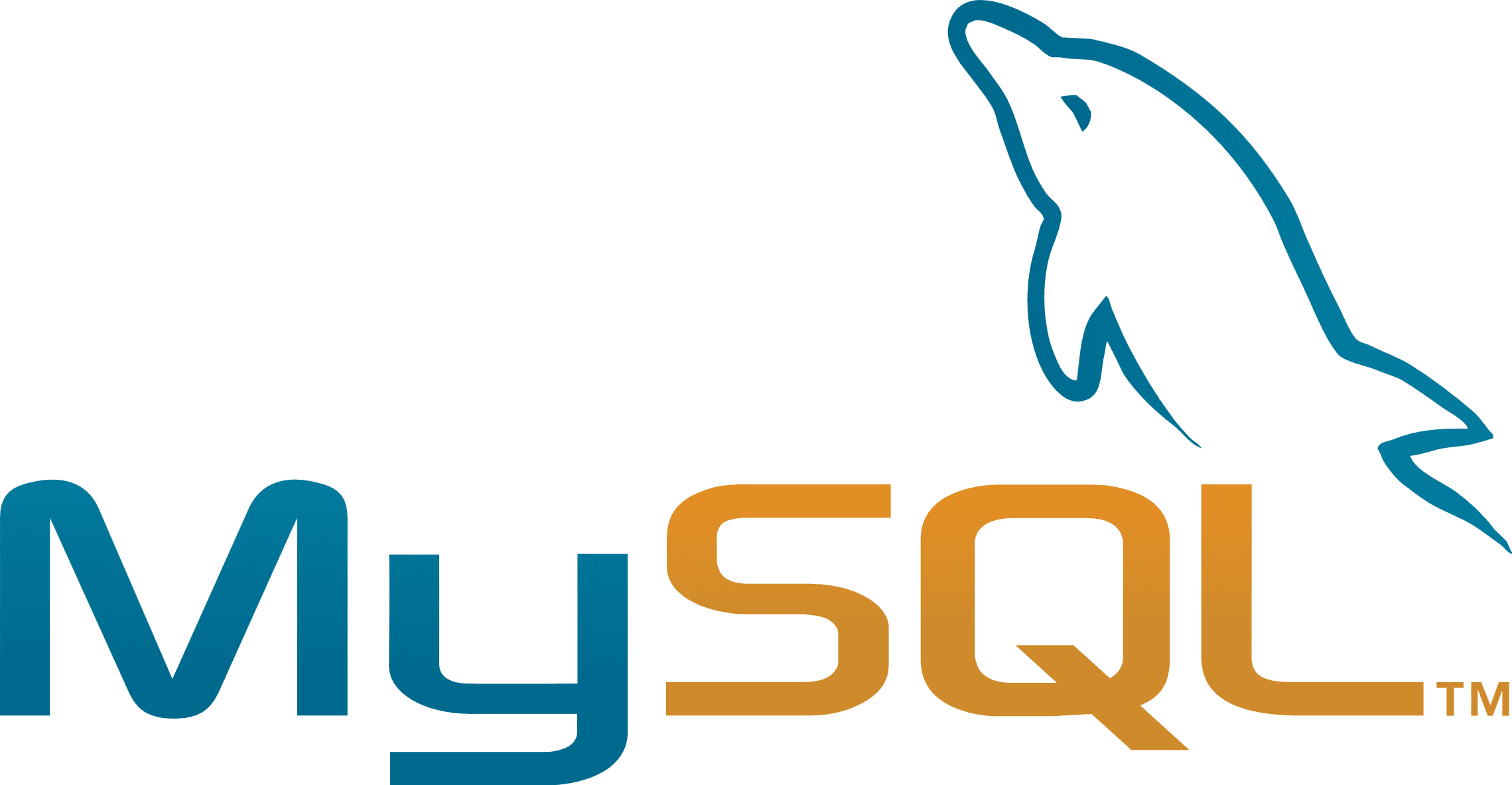Facts
Mid-air Collision is an aviation accident category defined as a collision between aircrafts in flight. This accident category is rare but when it occurs, it is catastrophic, unfortunatelly in most cases, a total loss is the result. IATA's role, together with other industry stakeholders, is to raise awareness on the importance of compliance with a Traffic Alert and Collision Avoidance System (TCAS) and immediate and correct flight crew response.
Number of Pilot-Reported Near Midair Collisions between 2015 & 2020
Critical Cases1
Potential Cases2
Percent of accidents ocurrs at Non-Towered Airports
1: A situation where collision avoidance was due to chance, rather than an act on the part of the pilot. Less than 100 feet of aircraft separation would be considered critical.
2: An incident that would probably have resulted in a collision if no action had been taken by either pilot. Less than 500 feet would usually be required in this case.
Our solution
Reductions in collision risk can be achieved by reducing the most important reasons why the individual barriers are unsuccessful, the human factor; improving beneficial influences that may make existing barriers more successful; and introducing new technological barriers without degrading the ones that are already there.
The Product
Our Web Application will assist and warn the Air Traffic Controller on their daily duties to prevent possible mid air collision. To do that it has the following features:
Real Time Location and Data
ATCAS has online real positions fetched from air flights APIs, showing of all the flights that are on the air space selected. This feature can be seen on a big map in the main dashboard.
WARNING on Possible Collisions
Our software prevents possible mid air collisions. This is possible, not only because it contains the flight routes of all the planes, but also, by implementing an estimated flight path algorithm of all flights. All these, combined with the actual International Civil Aviation Organization regulation (Doc. 4444 - Procedures for air navigation services - Air Traffic Management), makes ATCAS capable of giving a safe, and timed alert when 2 flights won't be flying at a safe distance.
Suggest alternative flight routes
In case that something is going wrong and 2 flights enter an unsafe area, which could lead to a catastrophe, the system will show to the air traffic controller possible routes in order to avoid a potential accident.
Inspiration for this project
On the night of July 1st of 2002 at 11:48, in a German City called Uberlingen, near the Swiss border, a Boeing 757 cargo jet from DHL collided in mid air with a Bashkirian Airlines passenger jet. Unfortunately, it was a total lost.
The official investigation by the German Federal Bureau of Aircraft Accident Investigation, identified as the main cause of the collision a number of shortcomings on the part of the Swiss Air Traffic Controller (ATC) service in charge of the sector involved, as well as ambiguities in the procedures regarding the use of the traffic collision avoidance system (TCAS) on-board.
This devastating episode, and our passion for aeronautics, made us came up with the idea of creating a software tool which could help air traffic controllers on their daily tasks and help prevent mid air collisions, by introducing technology to the process, we pretend to reduce human errors.
Applying all the technologies we have learned in the past nine months at Holberton (and learning some new ones), as part of the Final Project MVP we created ATCAS. ATCAS stands for Air Traffic Controller Assistant Software and we belive it can help prevent evitable accidents.
Team
This is the great team that make all this possible

Agustín Otegui
Project Manager
Maximiliano Pan
Server and Database Administrator
Diego Susviela
Head of Back-End Development
 AIR TRAFFIC CONTROLLER ASSISTANT SOFTWARE
AIR TRAFFIC CONTROLLER ASSISTANT SOFTWARE/Bootstrap_(front-end_framework)-Logo.wine.png)






